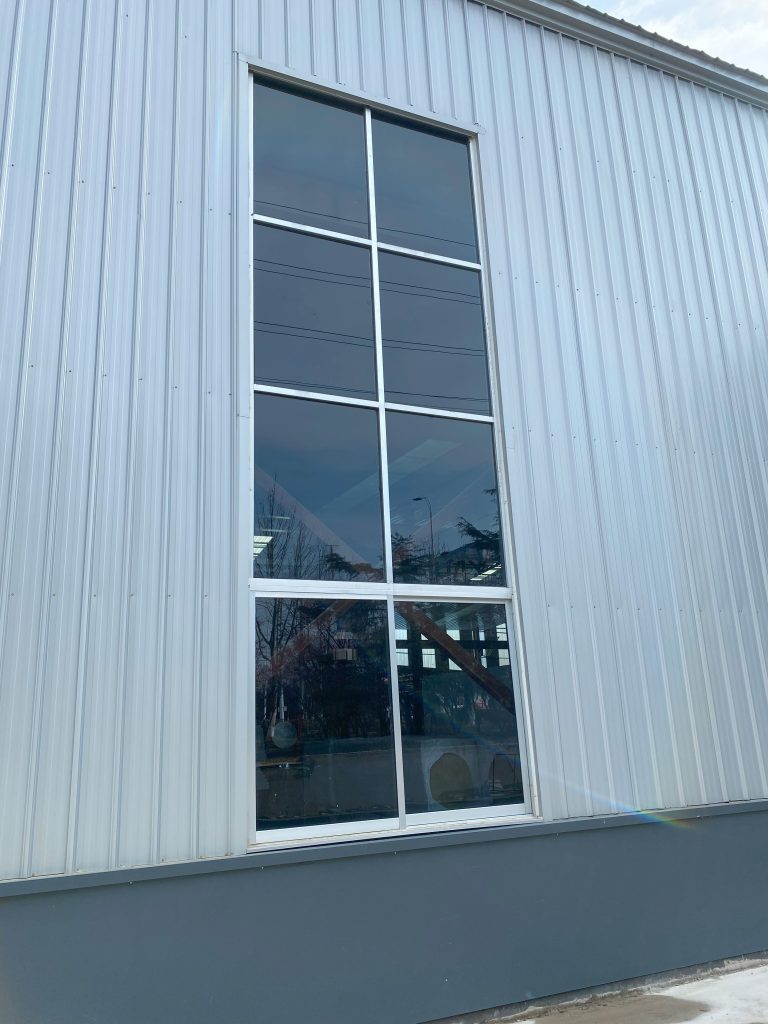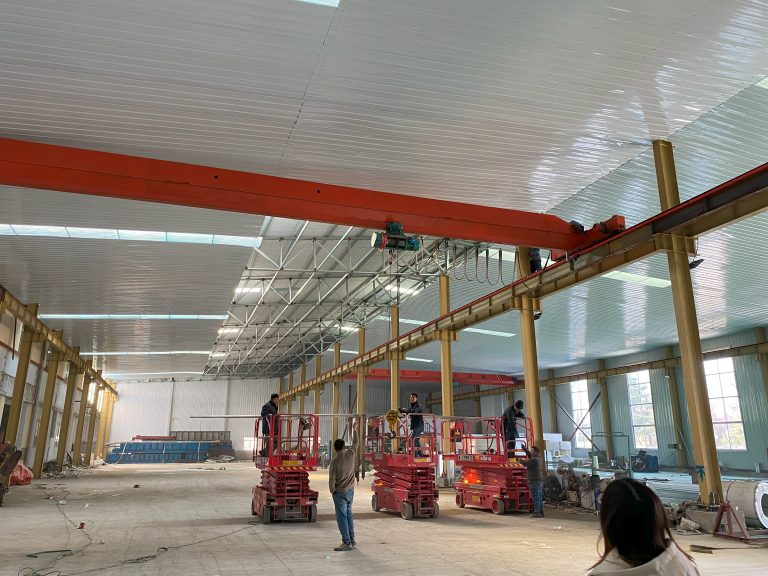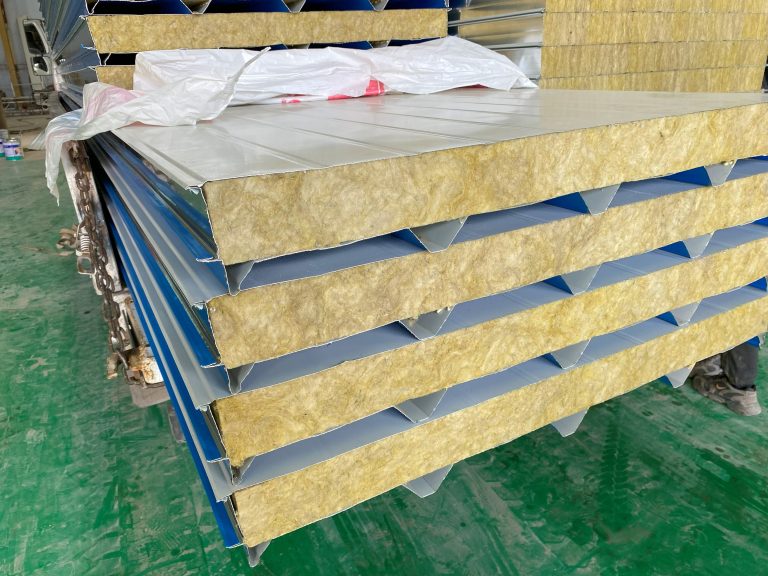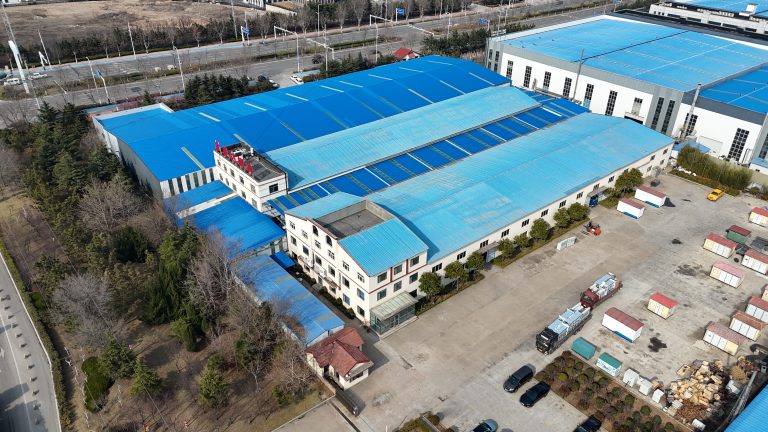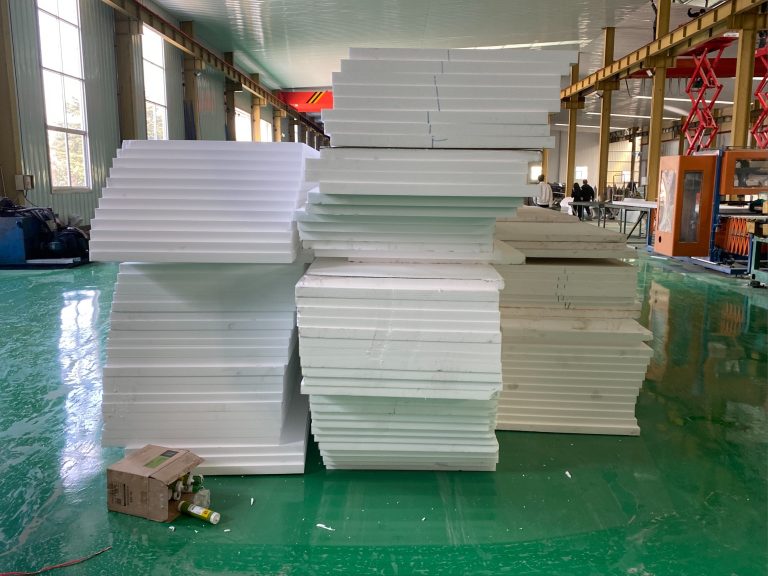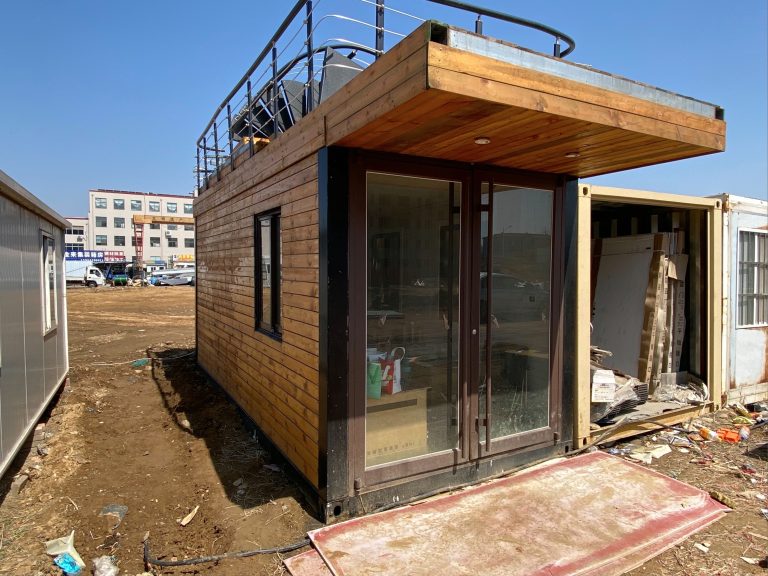Safety performance analysis of container house in temporary living space
Inhoudsopgave
Benefits of Conducting Safety Performance Analysis for Container Houses in Temporary Living Spaces
Container houses have become a popular choice for temporary living spaces due to their affordability, durability, and sustainability. However, like any other type of housing, safety is a crucial factor that must be considered when it comes to container houses. Conducting a safety performance analysis of container houses in temporary living spaces is essential to ensure the well-being of the occupants and the longevity of the structure.
One of the key benefits of conducting a safety performance analysis for container houses is the identification of potential hazards and risks. By thoroughly examining the structure and its components, experts can pinpoint any weaknesses or vulnerabilities that may pose a threat to the safety of the occupants. This proactive approach allows for necessary modifications and improvements to be made to enhance the overall safety of the container house.
Furthermore, a safety performance analysis can help in determining the structural integrity of the container house. Factors such as the quality of materials used, the construction techniques employed, and the overall design of the structure can impact its ability to withstand external forces such as wind, snow, and seismic activity. By assessing these factors, experts can ensure that the container house meets the necessary safety standards and regulations.
In addition to identifying potential hazards and assessing structural integrity, a safety performance analysis can also help in evaluating the fire safety measures in place. Container houses are susceptible to fire hazards due to the materials used in their construction, such as wood and insulation. By conducting a thorough analysis of the fire safety features of the container house, experts can recommend necessary precautions and measures to minimize the risk of fire incidents.
Moreover, a safety performance analysis can also aid in assessing the overall health and well-being of the occupants. Factors such as ventilation, insulation, and indoor air quality can impact the comfort and safety of the residents. By evaluating these aspects, experts can recommend improvements to enhance the living conditions within the container house and promote the health and well-being of the occupants.
Overall, conducting a safety performance analysis of container houses in temporary living spaces is crucial for ensuring the safety and well-being of the occupants. By identifying potential hazards, assessing structural integrity, evaluating fire safety measures, and enhancing living conditions, experts can help in creating a safe and secure environment for those residing in container houses. It is essential for homeowners, builders, and regulators to prioritize safety and invest in regular safety performance analyses to mitigate risks and ensure the longevity of container houses as viable living spaces.
Common Safety Issues and Solutions for Container Houses in Temporary Living Spaces
Container houses have become a popular choice for temporary living spaces due to their affordability, sustainability, and ease of construction. However, like any other type of housing, container houses come with their own set of safety issues that need to be addressed to ensure the well-being of the occupants. In this article, we will discuss some common safety issues associated with container houses in temporary living spaces and explore potential solutions to mitigate these risks.
One of the primary safety concerns with container houses is their structural integrity. Shipping containers are designed to withstand the rigors of transportation at sea, but they may not necessarily be suitable for long-term habitation without proper reinforcement. Over time, the structural integrity of a container house can be compromised by factors such as corrosion, improper modifications, or inadequate support. To address this issue, it is essential to conduct a thorough safety performance analysis of the container house to identify any potential weaknesses and take appropriate measures to reinforce the structure.
Another safety issue that is often overlooked in container houses is fire safety. Shipping containers are made of steel, which is highly flammable and can pose a significant fire hazard if not properly insulated. In a temporary living space, where occupants may be using heating appliances or cooking equipment, the risk of a fire breaking out is even higher. To enhance fire safety in container houses, it is crucial to install fire-resistant insulation, smoke detectors, and fire extinguishers. Additionally, educating occupants on fire safety practices and conducting regular fire drills can help prevent accidents and minimize the impact of a fire.
Inadequate ventilation is another common safety issue in container houses that can lead to poor indoor air quality and health problems for the occupants. Shipping containers are typically not designed for habitation and may lack proper ventilation systems to ensure adequate airflow. Poor ventilation can result in the buildup of moisture, mold, and harmful pollutants, which can cause respiratory issues and other health problems. To improve ventilation in container houses, it is essential to install windows, vents, and exhaust fans to promote air circulation and prevent the accumulation of indoor pollutants.
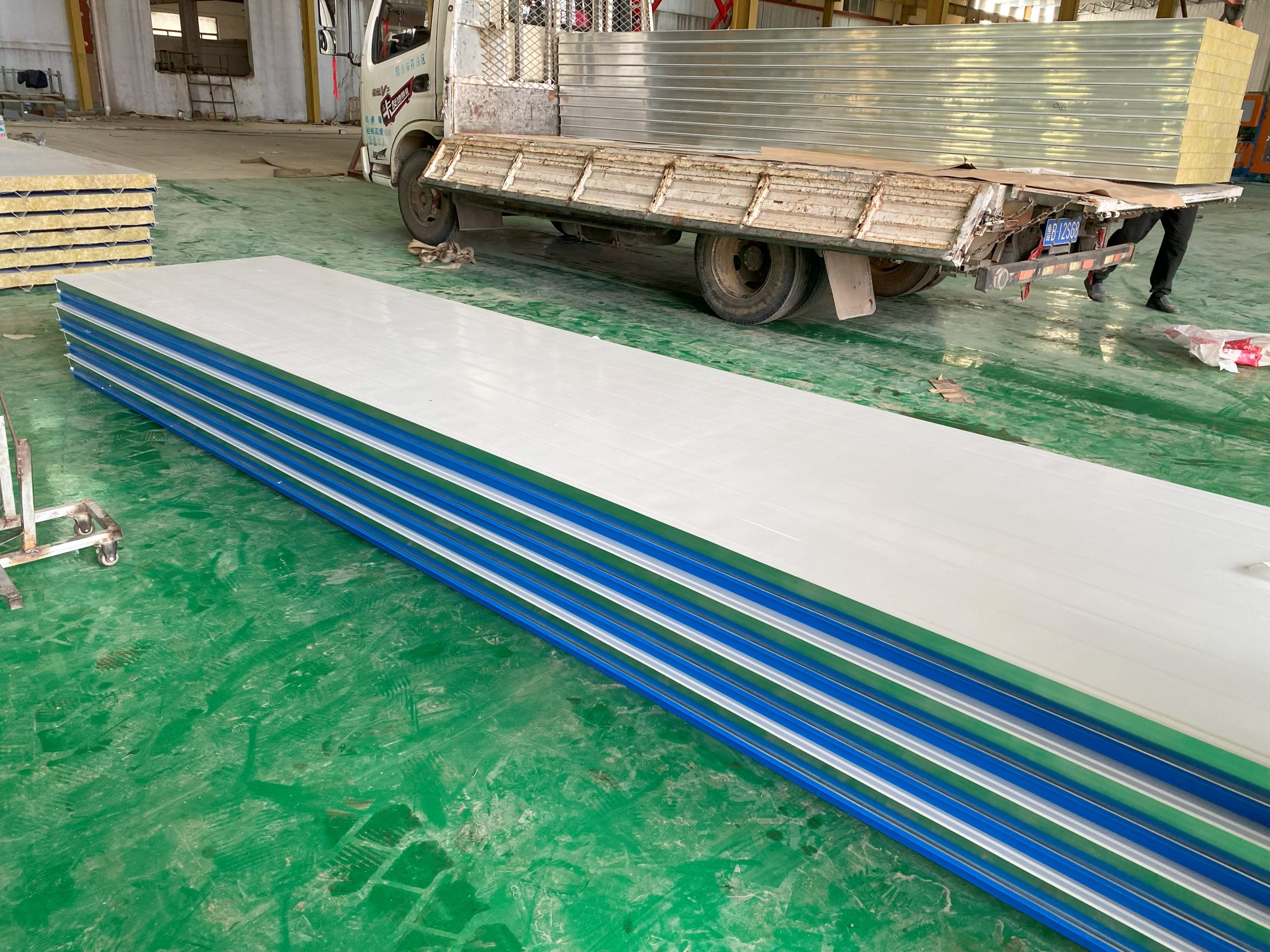
Security is also a significant concern in container houses, especially in temporary living spaces located in remote or unfamiliar areas. Shipping containers are inherently secure due to their sturdy construction and lockable doors, but they may still be vulnerable to break-ins or vandalism. To enhance security in container houses, it is advisable to install security cameras, motion sensor lights, and sturdy locks on doors and windows. Additionally, establishing a sense of community among the occupants and implementing a neighborhood watch program can help deter potential intruders and create a safer living environment.
In conclusion, safety performance analysis of container houses in temporary living spaces is essential to identify and address potential safety issues that may compromise the well-being of the occupants. By addressing structural integrity, fire safety, ventilation, and security concerns, container houses can provide a safe and comfortable living environment for temporary residents. It is crucial for designers, builders, and occupants to work together to implement effective safety measures and ensure the long-term sustainability of container houses as a viable housing solution.

